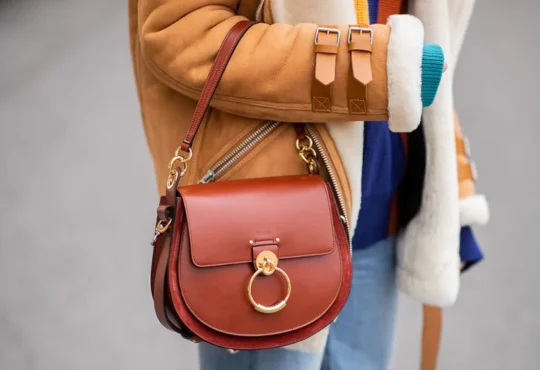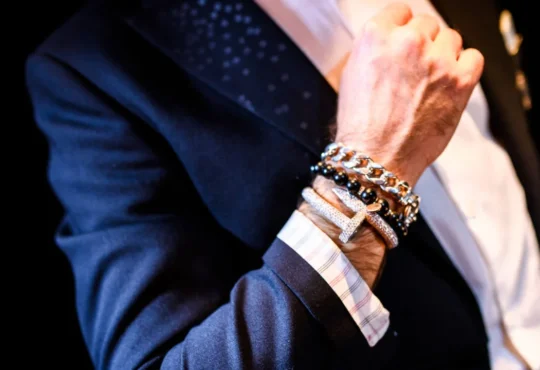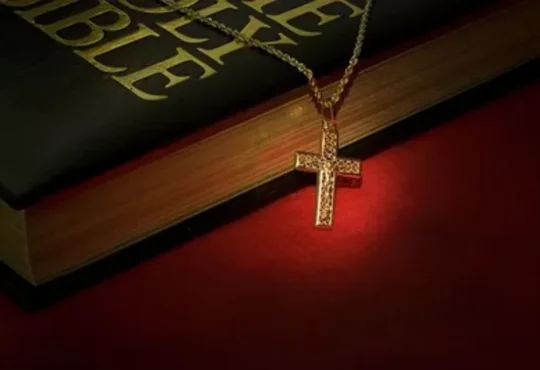Very strict guidelines exist in the diamond world to help you distinguish a real diamond from a fake. How can you tell if a diamond is real? Let’s explore ways to spot a fake diamond.
Diamonds are pure (or nearly pure) crystallized carbons with unique optical and chemical properties. They also have a specific refractive index–these features are hard to replicate by other substances.
A mined diamond (or a lab diamond) is to be identified as a diamond. If a substance falls beside this category, it’s not a real diamond but a simulated one. Simulated diamonds look like real diamonds but differ chemically and optically. Examples of diamond simulants are white topaz, sapphire, cubic zirconia, and moissanite.
How Can You Tell if a Diamond Is Real at Home?
You can test and establish the authenticity of a diamond at home without needing a diamond expert or specialized equipment. However, take great care to ensure the safety of the diamond.
Fake Diamonds Float in Water
A fake diamond floats in water (or underneath) if you gently drop it in a glass about ¾ water-filled. Their particles are loosely packed –hence low density.
On the other hand, real diamonds sink because of their high density.
This test is accurate for loose diamonds. Detach them first from metal (in case) before assessment. However, go for further testing.
A Fake Diamond Fogs Easily
A fog test refers to subjecting a diamond to heat and moisture (fogging it) by breathing on it. A real diamond doesn’t fog up easily. Because they conduct heat, it disperses heat quickly and dissipates the fog immediately. If it’s a fake, the fog stays for a little longer.
For effective results, test a real diamond alongside the suspect, and notice the difference. Real diamonds should stay clean and clear, while fake ones condense water after forging them repeatedly.
A Fake Diamond Shatters Under Rapid Heat and Cold
Fake diamonds will break or shatter from the inside after heating them for about 30–40 seconds and immediately dropping them in cold water.
Weaker materials like quartz and glass have a delicate tensile strength that hardly withstands rapid expansion and contraction.
On the other hand, real diamonds are strong enough to withstand such pressure.
Poor Refractivity —Therefore, Transparent
A fake diamond hardly refracts or bends light. Light can get through them, and they don’t have brilliance. Upon striking the Pavillion areas (lower angled regions), light doesn’t bounce back to the eye through the surface of the diamond–its table. A diamond with high brilliance will perform this well and emit a radiant sparkle.
A stone will sparkle less if it has a low refractive index. Experts can hardly alter a stone’s brilliance (even during cutting) because it’s an inherent property. The following tests can help you check a diamond’s refractivity:
The Dot Test
Draw a dot on a piece of white paper and place the suspect stone over it with its table facing down. Through the pointed end of the stone, check and observe if you can see the mark or its reflection. A real diamond will bend light in various directions and not show the dot.
On the other hand, a fake one bounces light in a straight line. Therefore it displays the dot.
The Newspaper Test
Place the suspect stone (with the table facing down) on a piece of newspaper with many letters and try reading the print through the pointed end. If words are visible, or you can see distorted black smudges, you will likely have a fake diamond. A real diamond bends this light so sharply that you can’t see the newspaper content. However, note that a real diamond may also show the print if the cutter cuts it disproportionately.
Low Sparkling Ability
Sparkling ability refers to how well a diamond reflects light. Real diamonds have a higher shimmer and sparkle. They can scatter white and grayish light in their rainbow reflections. However, the rainbow spectrum in fake diamonds doesn’t display white and gray light. Therefore give them a dull appearance.
Additionally, their rainbow spectrum is of higher intensity.
To do a sparkling test, hold your diamond against an ordinary lamp and inspect the bright shimmers of light returning to your eye. Real diamonds will display exceptional sparkles, given their high-end ability to bounce off white light. Also, they’ll showcase remarkable ability over stones like cubic zirconia when displaying fire or colored light.
Check the Metal Markings
Some diamonds come in a setting or mount, and the quality of the mount is essential for the diamond’s authenticity. Check if your diamond is set alongside high-quality jewelry like yellow gold and white gold platinum or pave. Or if it encompasses a side-stone setting, halo setting, etc.
You can verify the setting’s true nature to what is described by checking the markings from inside the ring. For instance, markings like karat and PT refer to Platinum. Numbers like 585, 770, 900, and 950 signify gold or platinum material, just like 10K, 14K, and 18K notes will specify the type of gold.
Can You Tell If a Diamond Is Real?
If you’re still unsure whether your diamond is fake or real, you must visit a diamond jeweler or expert and verify. They are well-trained professionals who can discern between the two characteristics. You should also check that the diamond matches the AGs or GIA certificate that comes alongside every diamond purchase.








